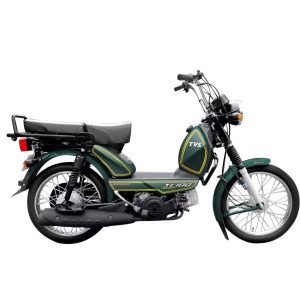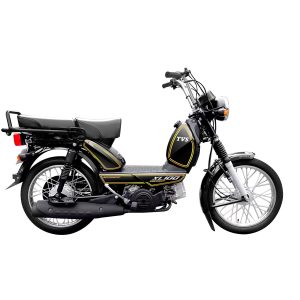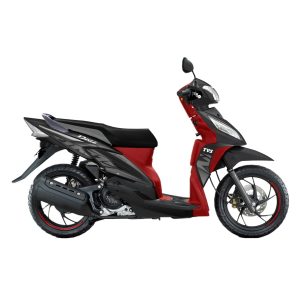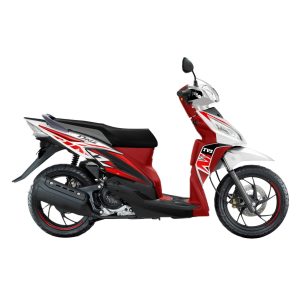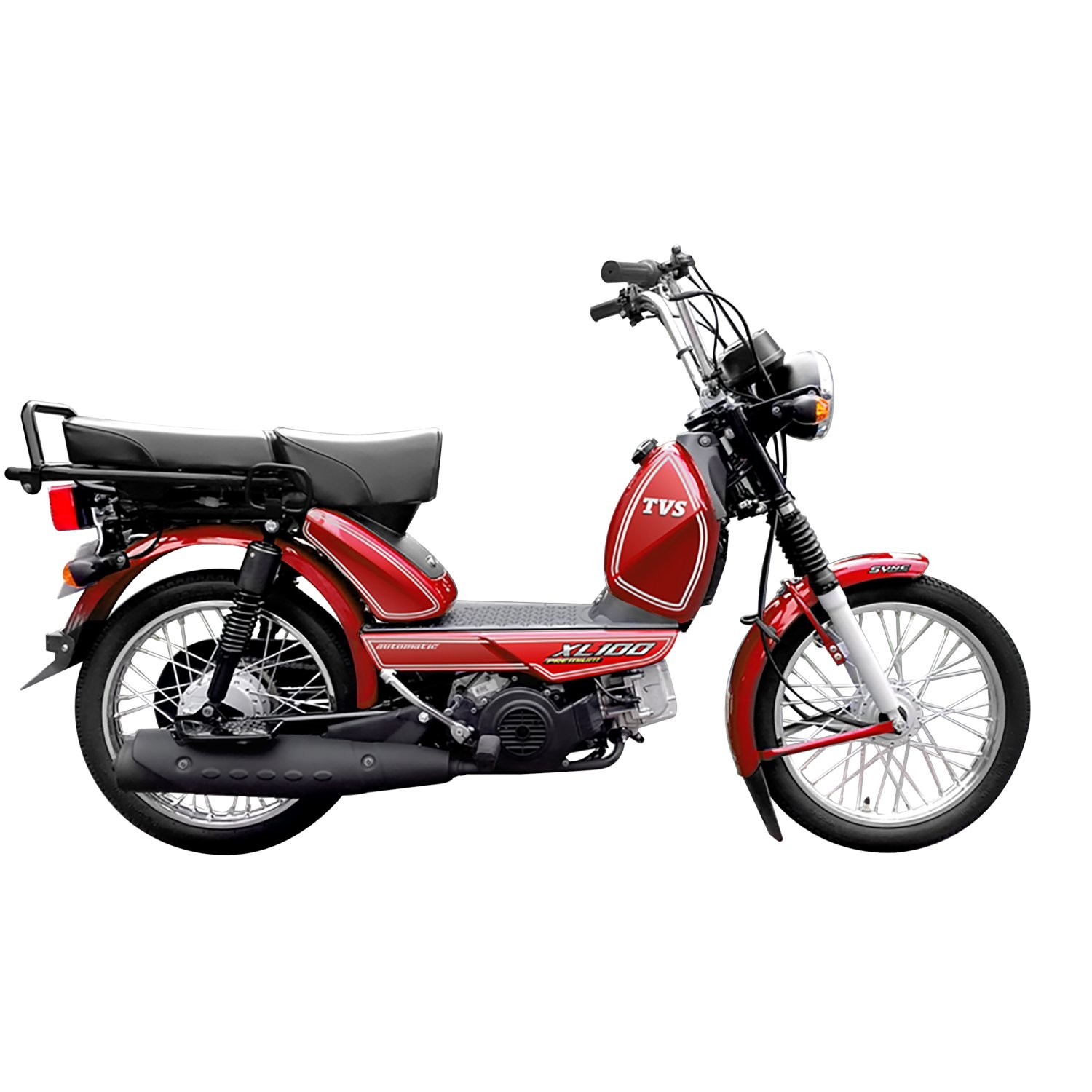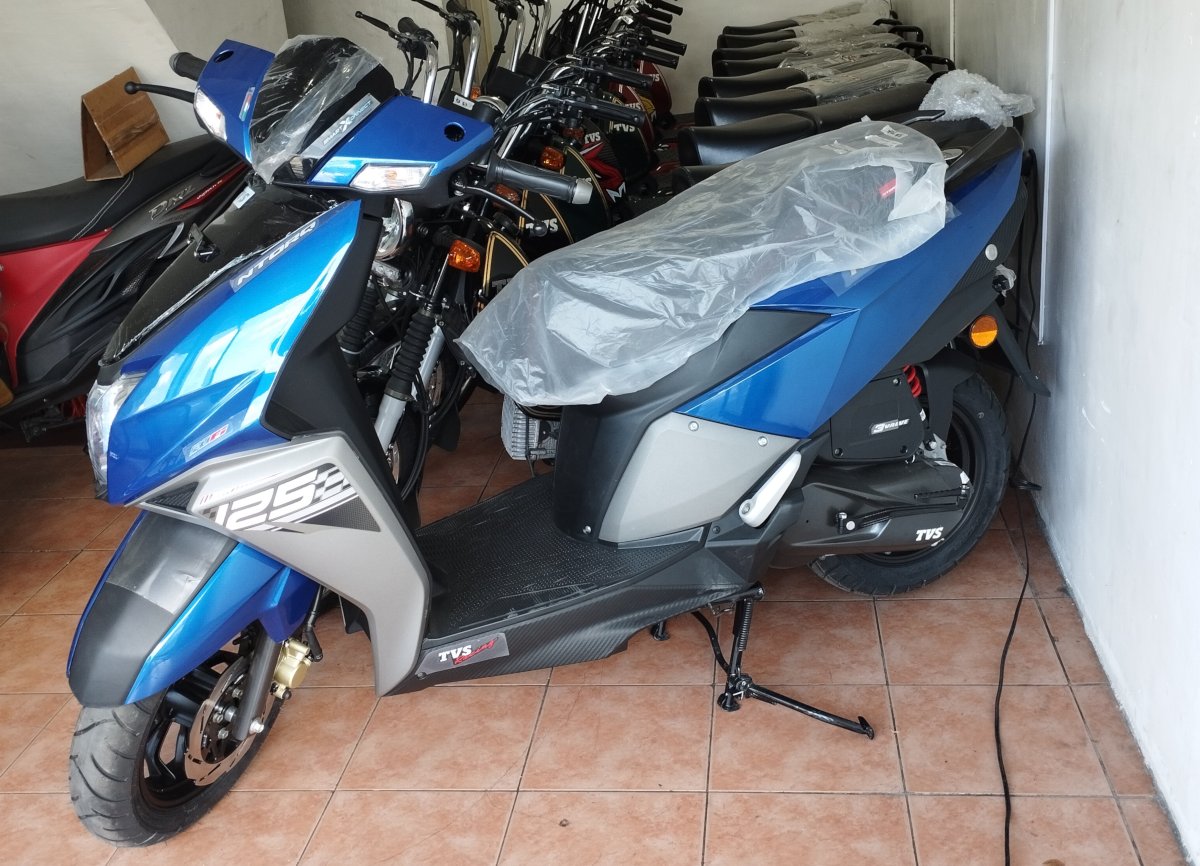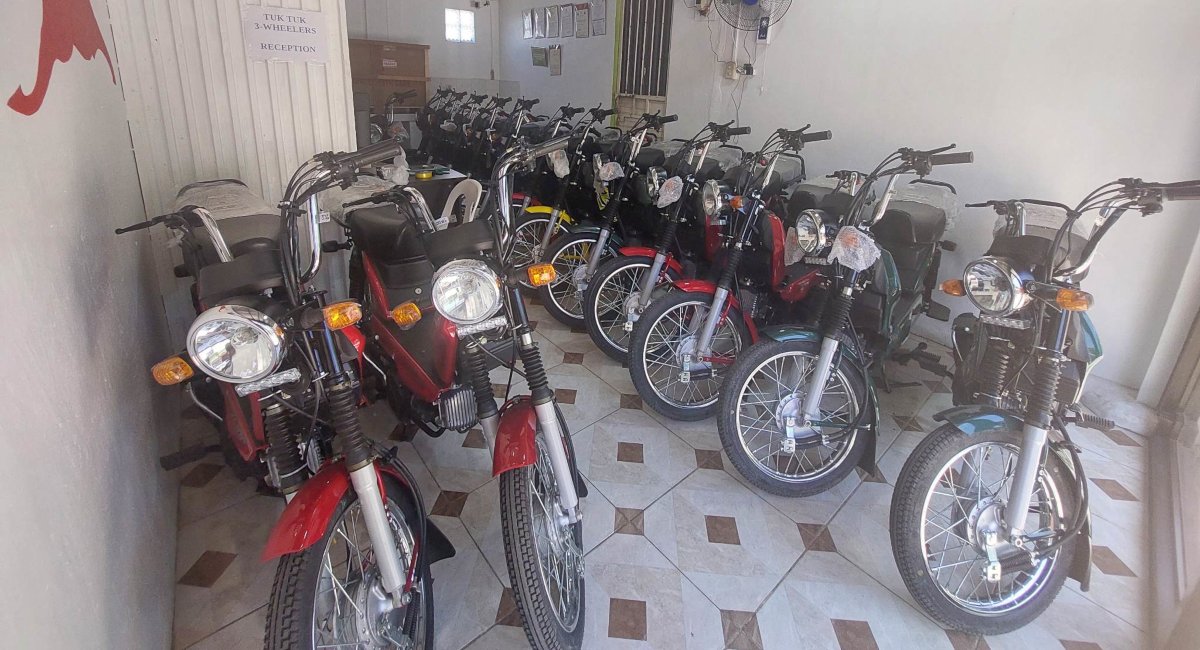Introduction to Motorcycle Riding Philippines
Motorcycle riding is a popular mode of transportation in the Philippines, thanks to its affordability, convenience, and flexibility. However, it also comes with risks and responsibilities, especially when it comes to following traffic laws and regulations. As a rider, it is your duty to stick to the law and ensure your safety and that of others on the road. In this article, we will provide you with essential information and tips on how to stay legal and safe while riding your motorcycle in the Philippines.
The Basics of Motorcycle Riding Laws in the Philippines
What Are the Traffic Laws for Motorcycle Riding in the Philippines?
To ensure your safety and avoid penalties, it is essential to know and follow the traffic laws for motorcycle riding in the Philippines. Here are some of the basic laws and regulations you should keep in mind:
- Wear a helmet at all times, whether you are the driver or passenger. Your helmet should be certified by the Department of Trade and Industry (DTI) or the Bureau of Product Standards (BPS) and should have a Philippine Standard (PS) or Import Commodity Clearance (ICC) mark.
- Stick to the designated motorcycle lanes, if available. Otherwise, you should keep to the right side of the road, especially when not overtaking other vehicles.
- Observe the speed limits and traffic signs posted on the road. In general, the speed limit for motorcycles in the city is 60 kph and 100 kph on national highways.
- Do not carry more than one passenger at a time, and ensure that your passenger is seated securely and wearing a helmet.
- Avoid using your mobile phone while riding. It is illegal to use a phone or any electronic device while driving or riding a motorcycle.
- Always signal your intentions when turning, changing lanes, or stopping. Use your hand signals or your motorcycle’s signal lights to alert other drivers and riders.
- There are 3 laws you should learn before you go on the Road REPUBLIC ACT No. 4136 Land Transportation and Traffic Code, Vienna Convention on Road Signs and Signals and the Vienna Convention on Road Traffic.
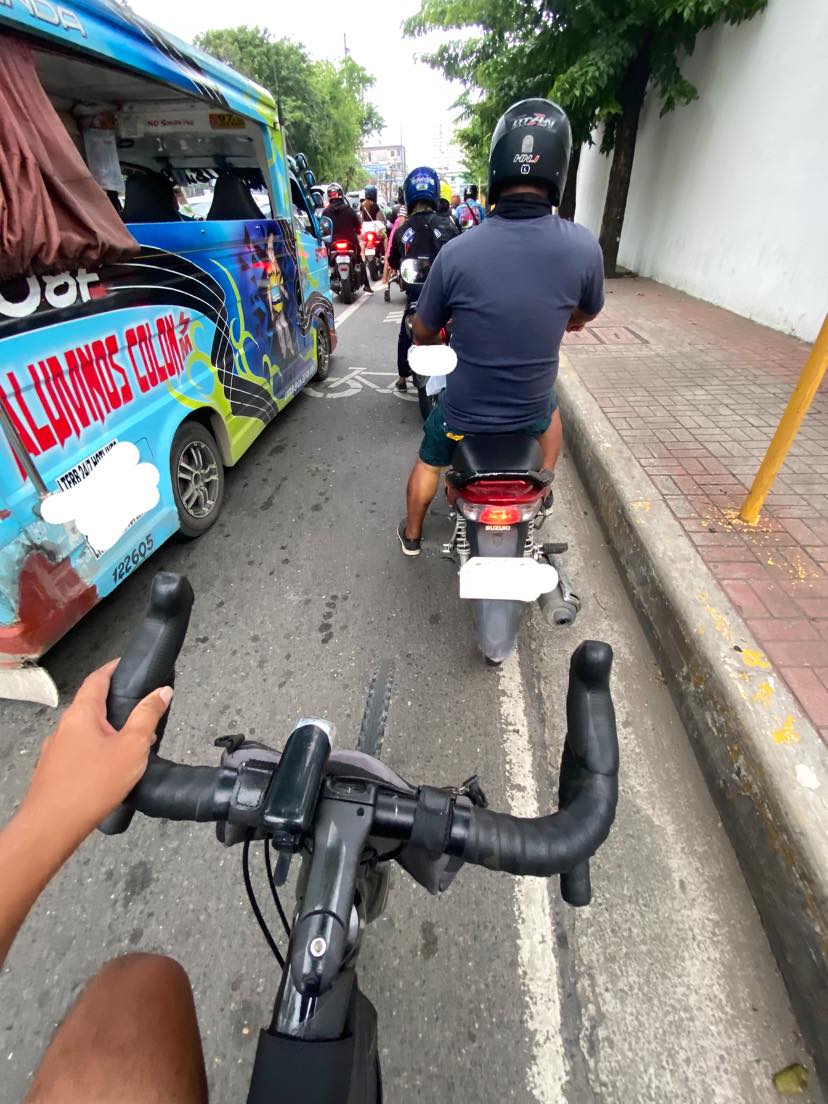
Do not ride in Cycle Lanes.
It is an offence.
There is a myth that you can share cycle lanes this is not true. Cycle Lane are for bicycles only.
What Are the Penalties for Violating Motorcycle Riding Laws in the Philippines?
If you violate any of the traffic laws for motorcycle riding in the Philippines, you may face penalties and fines. Here are some of the common violations and their corresponding fines:
- Not wearing a helmet or wearing a substandard helmet: Php 1,500 for the first offense, Php 3,000 for the second offense, and Php 5,000 for the third offense
- Driving without a valid license: Php 3,000 for the first offense, Php 4,000 for the second offense, and Php 5,000 for the third offense
- Overtaking on a solid line: Php 2,000 for the first offense, Php 3,000 for the second offense, and Php 10,000 for the third offense
- Using a mobile phone while riding: Php 5,000 for the first offense, Php 10,000 for the second offense, and Php 15,000 for the third offense
- Not following a designated motorcycle lanes: Php 1,000 for the first offense, Php 3,000 for the second offense, and Php 5,000 for the third offense
These fines may also come with additional penalties, such as driver’s license suspension, and impounding of your motorcycle.
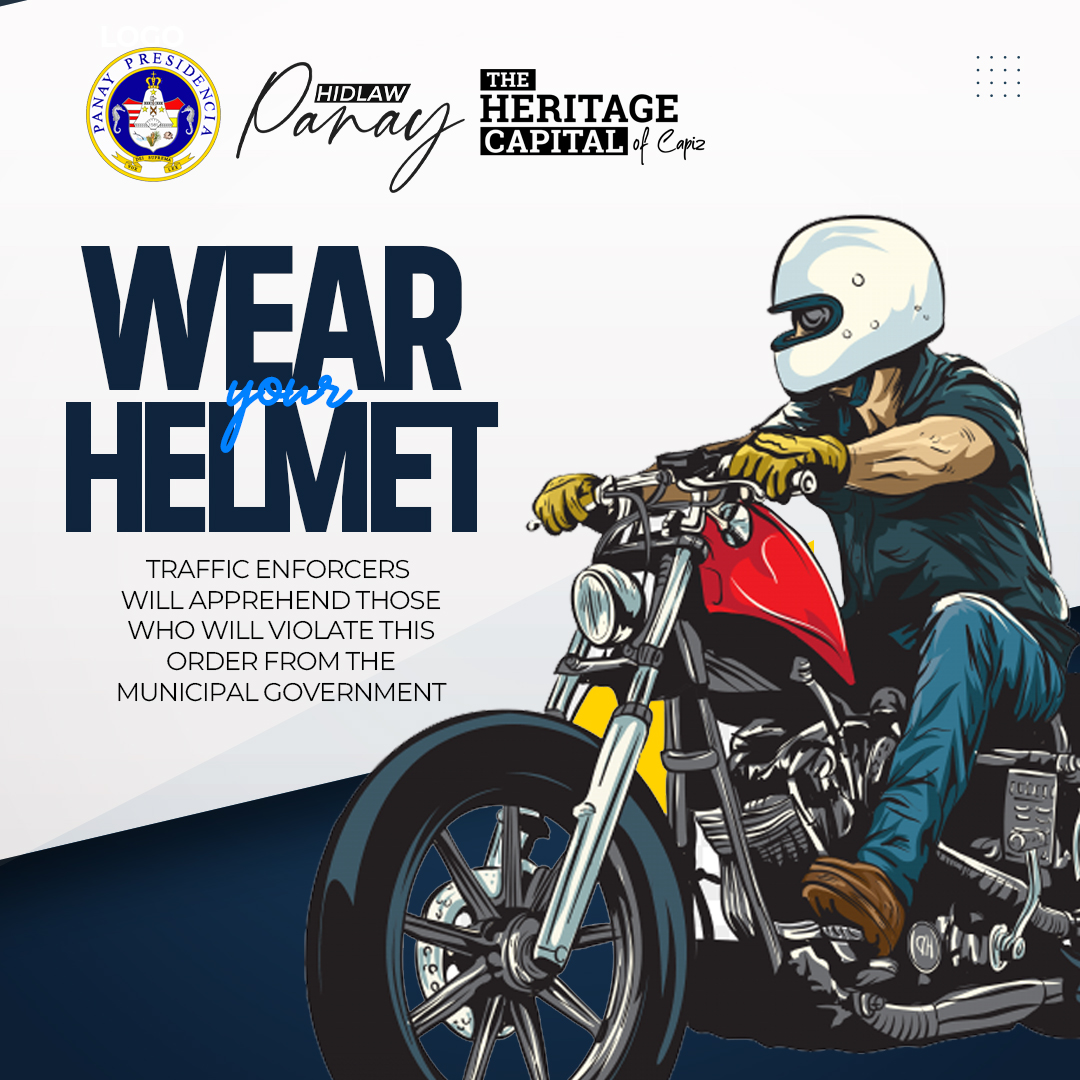
Always wear a Helmet
How Can You Ensure Your Motorcycle Is Roadworthy?
Before hitting the road, it is crucial to ensure that your motorcycle is in good condition and roadworthy. Here are some tips to help you check your motorcycle:
- Check the brakes, lights, horn, and mirrors to ensure that they are working properly.
- Inspect the tires for any damage, punctures, or wear and tear. Make sure that they are properly inflated.
- Check the engine oil, coolant, and brake fluid levels. Top up or change them as necessary.
- Inspect the chain or belt drive for any looseness or wear. Adjust or replace them as needed.
- Make sure that your motorcycle’s registration, insurance, and other documents are up to date and readily available.
We see so many riders with no rear light. Is it because they do not check them or is it because they think their life is not worth the cost of a replacement bulb? Which is normally less than 50 peso.
Tips for Safe and Legal Motorcycle Riding in the Philippines
How Can You Avoid Accidents While Riding a Motorcycle?
Motorcycle accidents are common in the Philippines, so it is crucial to take extra precautions to ensure your safety. Here are some tips to avoid accidents while riding a motorcycle:
- Always wear protective gear, including a helmet, gloves, jacket, and boots. They can help reduce the risk of injuries in case of an accident.
- Be visible to other drivers by wearing brightly coloured or reflective clothing and using your motorcycle’s headlights, signal lights, and brake lights.
- Avoid riding in blind spots or close to other vehicles. Maintain a safe distance and be aware of your surroundings.
- Slow down and be extra careful when riding on wet or slippery roads, especially during the rainy season.
- Be alert and focused while riding. Avoid distractions such as mobile phones or music players.
- And learn to think ahead and read the road.
How Can You Deal with Traffic Congestion and Heavy Traffic?
Motorcycle Riding Philippines is not easy as Traffic congestion and heavy traffic are common in urban areas in the Philippines, and they can be frustrating and time-consuming for motorcycle riders. Here are some tips to deal with traffic congestion and heavy traffic:
- Plan your route and avoid peak hours if possible. Consider alternative routes or take public transportation instead.
- Stay in your lane and avoid weaving or cutting in front of other vehicles.
- Keep a safe distance from other vehicles and be prepared to stop suddenly.
- Be patient and avoid road rage or aggressive driving. Stay calm and focus on getting to your destination safely.
- Think before you go to the front at traffic lights. Are you going to be travelling faster than the car you are pushing past? very often the answer is no which means you are causing delays.
How Can You Prepare for Long-Distance Motorcycle Trips?
If you are planning a long-distance motorcycle trip in the Philippines, it is essential to prepare yourself and your motorcycle. Here are some tips to help you prepare:
- Plan your route and make sure you have enough fuel and supplies along the way.
- Get enough rest and sleep before your trip. Fatigue can impair your judgment and reaction time while riding.
- Wear comfortable and protective gear, and bring extra clothing and rain gear in case of changes in weather.
- Pack essential tools and spare parts, such as tire repair kits, spare bulbs, and chain lube.
- Check your motorcycle thoroughly before the trip, including brakes, tires, fluids, and lights.
- Bring necessary documents, such as registration, insurance, and identification.
Frequently Asked Questions (FAQs)
1. What is the legal age for riding a motorcycle in the Philippines?
The legal age for riding a motorcycle in the Philippines is 17 years old.
2. Do I need a special license to ride a motorcycle in the Philippines?
Yes, you need a special license to ride a motorcycle in the Philippines. You can obtain a non-professional driver’s license with a restriction code of 1, which allows you to ride a motorcycle with an engine displacement of up to 400cc. If you want to ride a motorcycle with an engine displacement of over 400cc, you need to obtain a professional driver’s license.
3. Can I ride a motorcycle without a helmet in the Philippines?
No, it is illegal to ride a motorcycle without a helmet in the Philippines. The Land Transportation Office (LTO) requires all motorcycle riders to wear a helmet that meets the Philippine National Standards (PNS).
4. What are the common causes of motorcycle accidents in the Philippines?
The common causes of motorcycle accidents in the Philippines include reckless driving, speeding, riding under the influence of alcohol or drugs, poor visibility, road hazards, and mechanical failure.
Motorcycle Riding Philippines Conclusion
In summary, motorcycle riding in the Philippines can be a convenient and enjoyable way to travel, but it also comes with risks and legal responsibilities. As a motorcycle rider, it is crucial to follow the traffic laws and regulations, ensure that your motorcycle is roadworthy, and take extra precautions to avoid accidents. By doing so, you can enjoy your motorcycle ride while keeping yourself and others safe on the road. Remember, always stick to the law when it comes to motorcycle riding in the Philippines.


